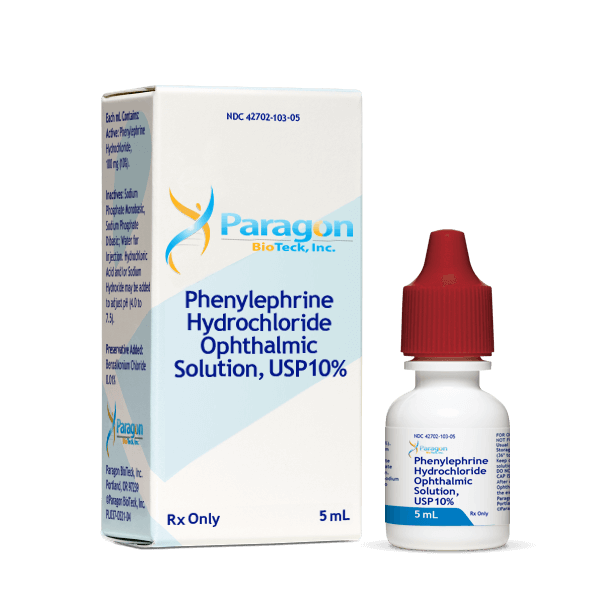A nurse is providing teaching to a client who is to self-administer an ophthalmic solution. Which of the following statements by the client indicates an understanding of the teaching?
I will press the inner corner of my eye after I insert the drops.
I will raise my eyelid up while looking down to insert the drops.
I will keep my eyes closed for 5 minutes after inserting the drops.
I will insert the drops in the center of each eye.
The Correct Answer is A
The correct answer is that the client should press the inner corner of their eye after inserting the drops. This technique is called punctal occlusion and it helps to prevent the eye drops from draining into the tear duct and being absorbed by the rest of the body. This can increase the effectiveness of the eye drops and reduce potential side effects.
Options b, c and d are not correct statements by the client that indicate an understanding of how to self- administer an ophthalmic solution. Raising the eyelid up while looking down to insert the drops, keeping eyes closed for 5 minutes after inserting the drops and inserting the drops in the center of each eye are not recommended techniques for self-administering an ophthalmic solution.

Nursing Test Bank
Naxlex Comprehensive Predictor Exams
Related Questions
Correct Answer is C
Explanation
A.Age alone is not a reliable or unique identifier. Many clients can share the same age, and this information does not sufficiently confirm an individual’s identity. Using age alone could lead to errors, as it lacks specificity.
B.Room numbers are not reliable for client identification because clients may be moved to different rooms or share rooms with others. Using a room number alone could easily lead to a medication error, as it does not confirm the client’s personal identity.
C.Using a photograph is an acceptable form of client identification, especially in settings where clients may not be able to verbally confirm their identity (e.g., clients with dementia). Photographs, when available, are typically included in the client’s medical records and can help ensure correct patient identification to prevent medication errors.
D.Bed numbers, similar to room numbers, are not unique to an individual and may change or be shared in multi-bed rooms. Relying on a bed number could result in giving medication to the wrong client, which is a significant risk to client safety.
Correct Answer is D
Explanation
When a nurse receives a new prescription over the telephone from a client's provider, the first action the nurse should take is to write down the complete prescription. This ensures that the nurse has an accurate record of the prescription and can refer to it when administering medication or providing care.
Option a is incorrect because documenting the prescription as a telephone prescription in the medical record is important but not the first action.
Option b is incorrect because reading back the prescription to the provider is important but not the first action.
Option c is incorrect because ensuring that the provider signs the prescription is important but not the first action.
Whether you are a student looking to ace your exams or a practicing nurse seeking to enhance your expertise , our nursing education contents will empower you with the confidence and competence to make a difference in the lives of patients and become a respected leader in the healthcare field.
Visit Naxlex, invest in your future and unlock endless possibilities with our unparalleled nursing education contents today
Report Wrong Answer on the Current Question
Do you disagree with the answer? If yes, what is your expected answer? Explain.
Kindly be descriptive with the issue you are facing.
